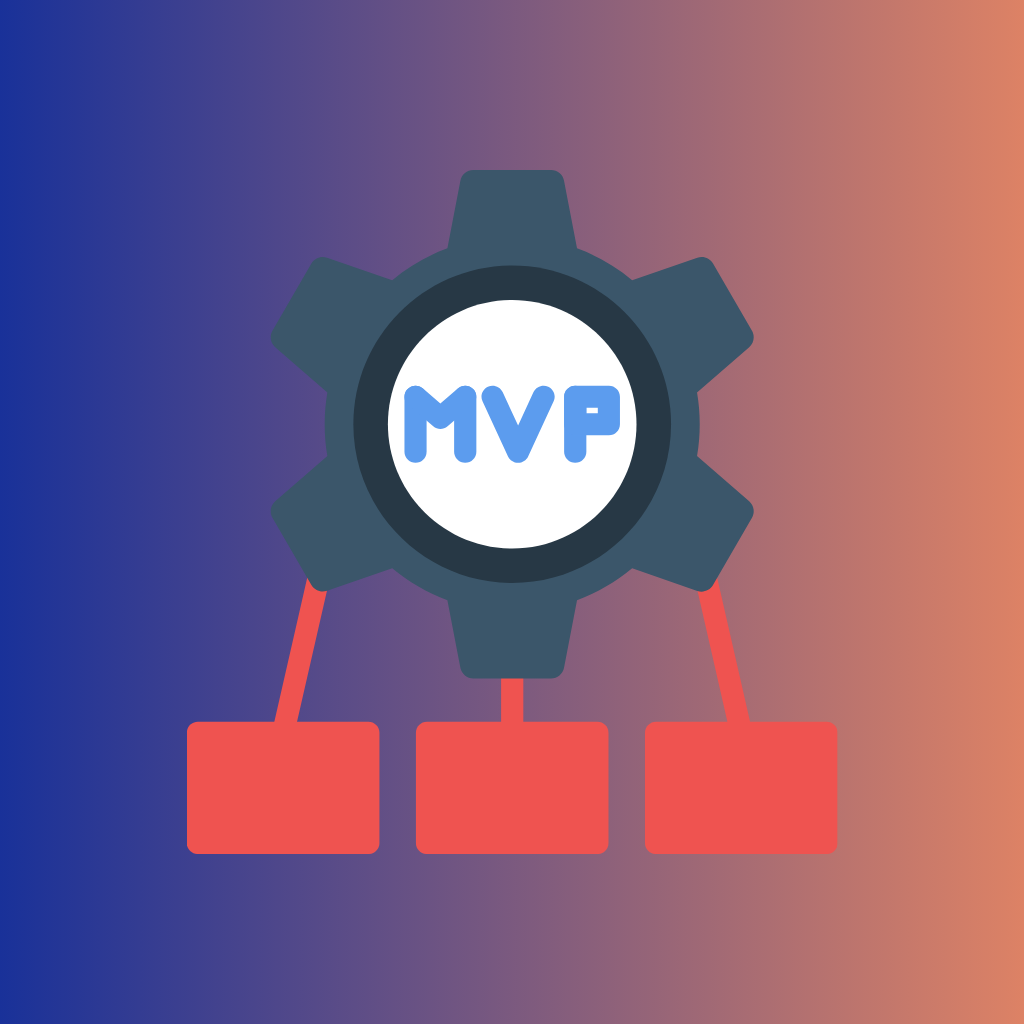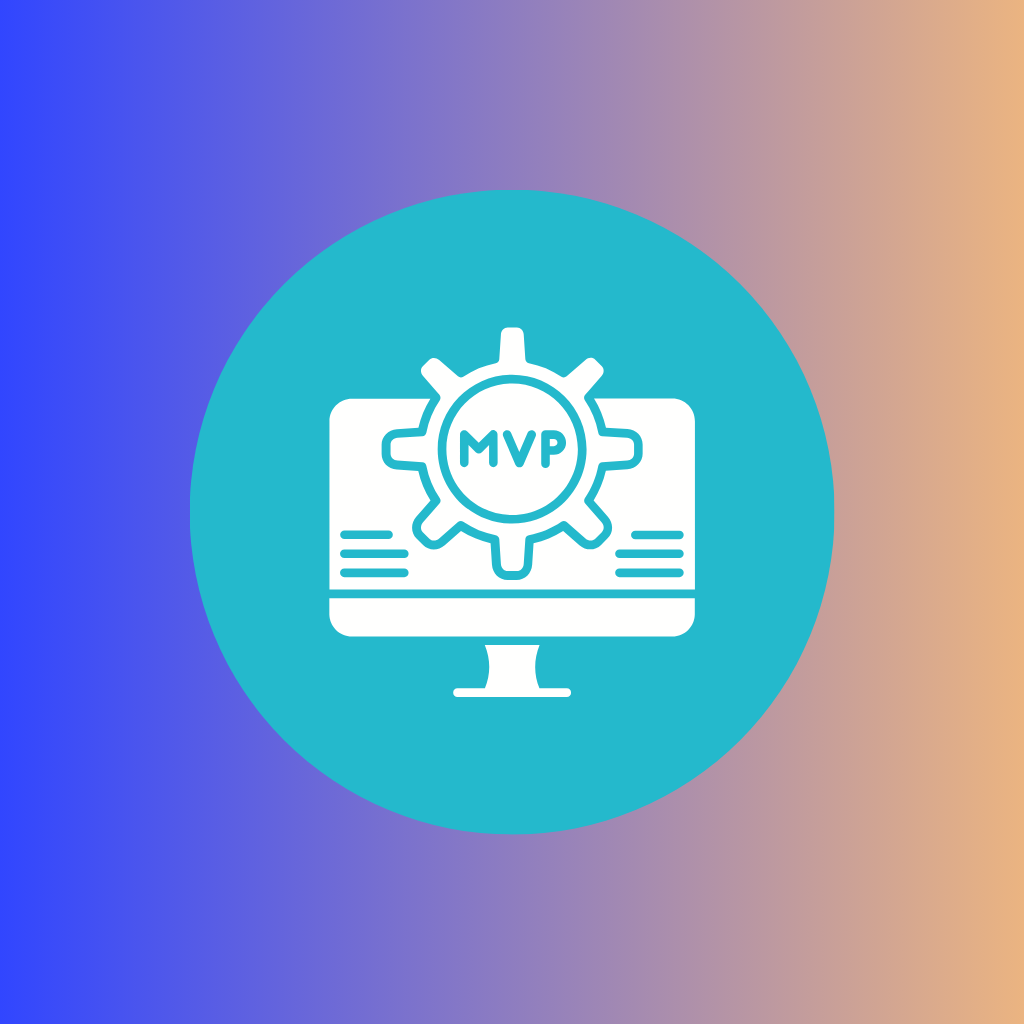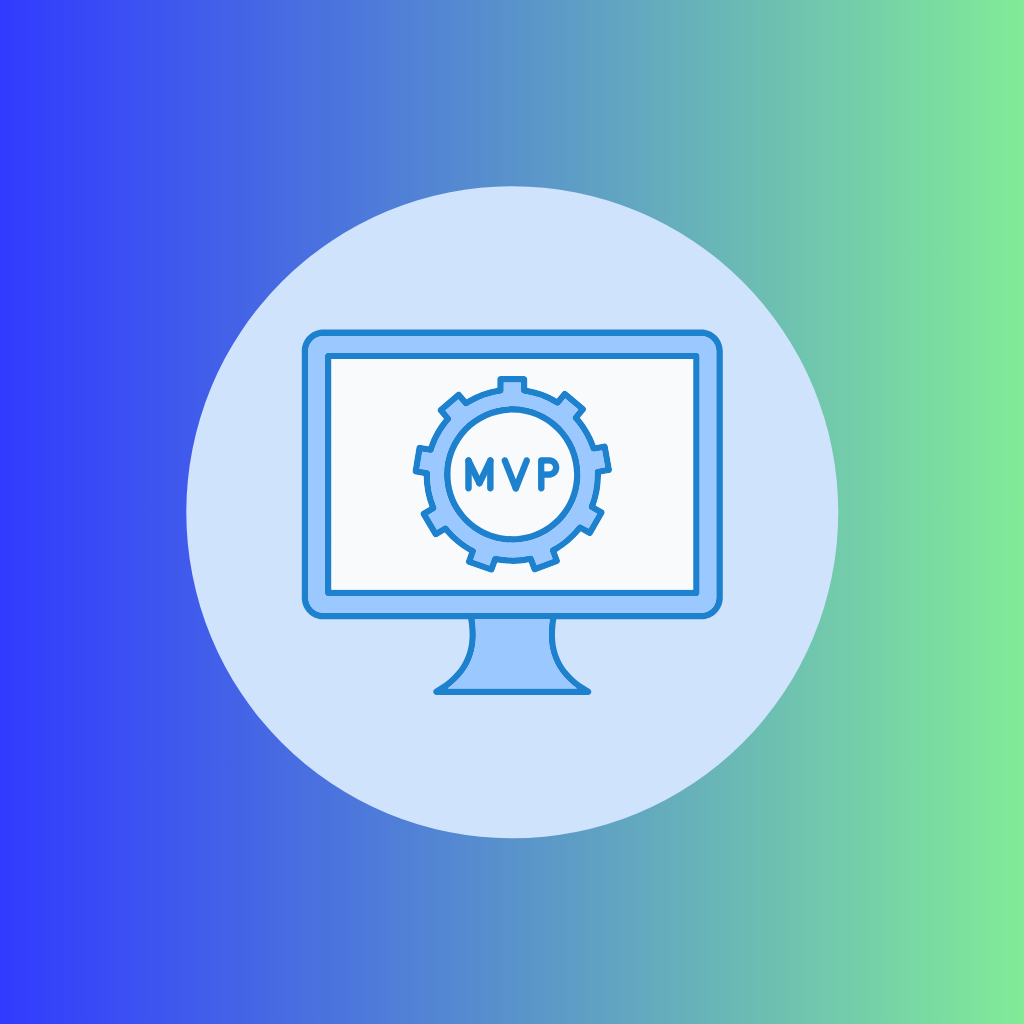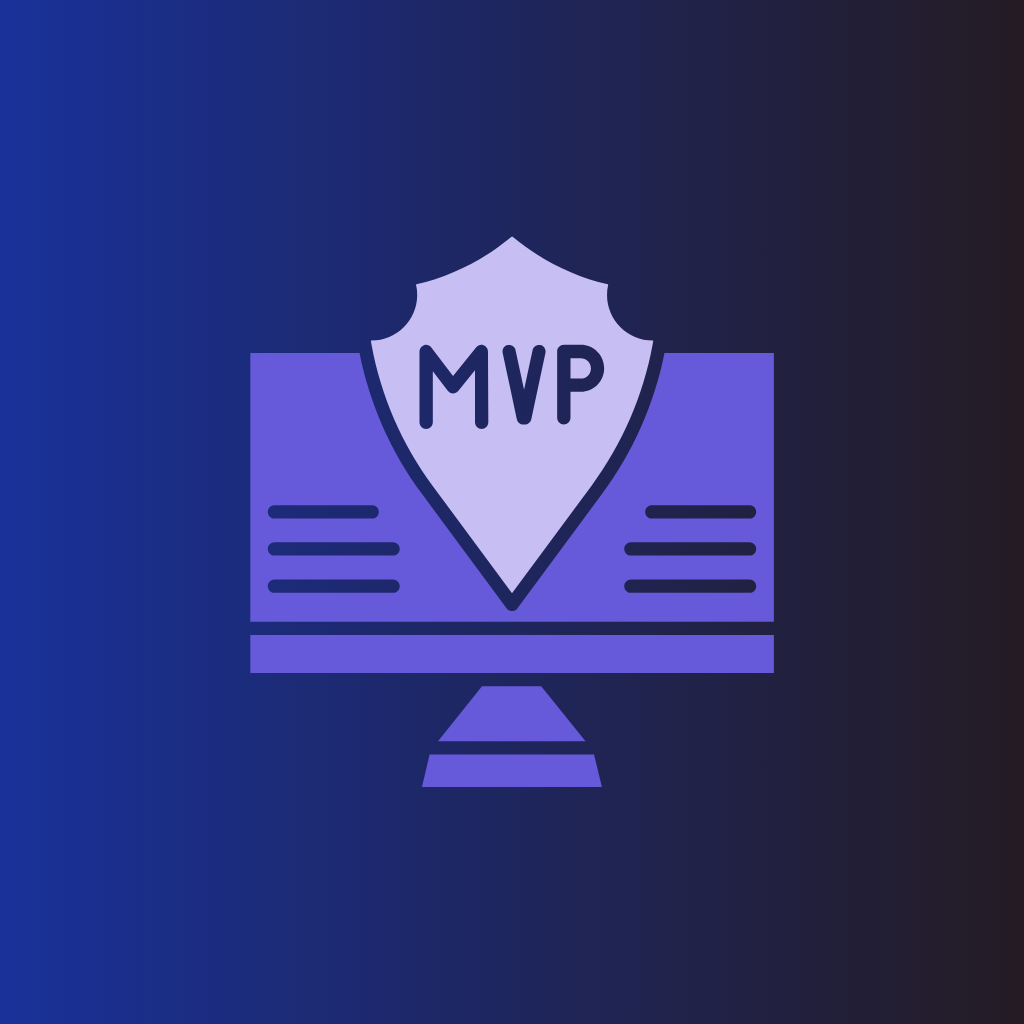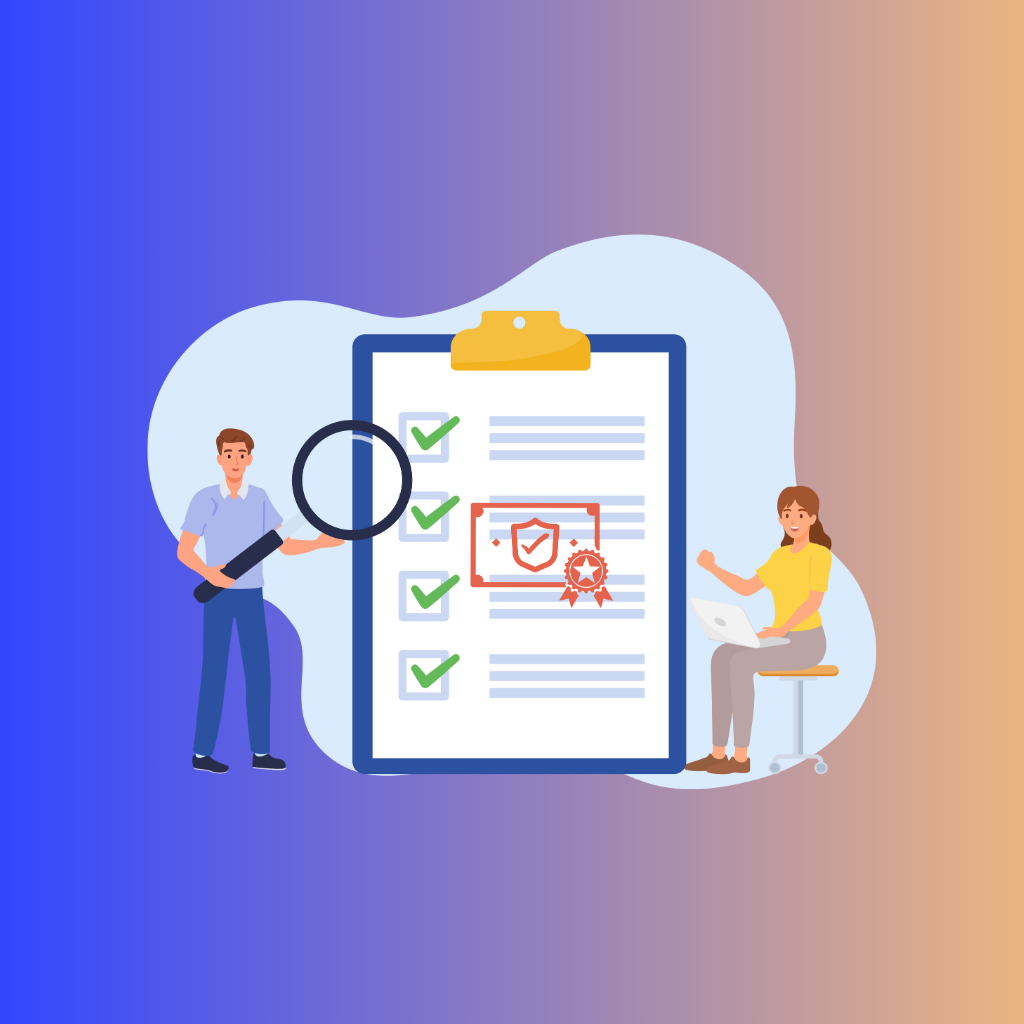Without doubt, an MVP may be one of the greatest strategies pulled off in app development by a lean startup or big companies. A minimum viable product is the most basic version of a product with only very few features, built to solve a problem and meet the minimum demands of early adopters. The main idea behind such a product is really validation of a cheap resource-consumptive and time-wasting way of thinking up a product idea.
An MVP strategy can for sure help determine the success of the app. It involves real functionality, helps bring the product quickly to the market, gets valuable users' opinion, and helps one take informed decisions concerning further development. It not only saves time and money but also makes launching a new application less risky. Basically, MVPs allow businesses to test out their assumptions, refine the offerings, and, in the end, create a product that truly connects with their target audience.
I. Definition of MVP
An MVP, or Minimum Viable Product, is a product version that has just enough features to satisfy early adopters and to provide feedback for future product development. The man who popularized the term was Eric Ries through his book "Lean Startup," and with it, Ries made it clear in a catchier way that a product should have the least effort possible exerted during the making process but its delivery should still be meaningful to the user.
The MVP plays a multifaceted role in the software development process. Most importantly, it validates a product idea among live consumers without actually launching a fully developed set of features. An MVP allows a company to test its hypotheses on the needs and preferences of customers and their problems. This is a great way to decrease wasted resources by developing only the features that users might find valuable.
More so, an MVP enables access to the market at an earlier time. It does not need to wait for incorporation of all the possible features but just to come into the market with a very simple and workable version of the app. This really shortens the feedback loop and therefore allows making early revenue, some of which can be reinvested back into further development. However, the MVP approach, above all, helps businesses develop a secure foundation for their product established through genuine user interaction and feedback.
II. Key Features to Add of an MVP
Crucial Attributes of an MVP
The MVP describes the most basic building blocks of a product—a product that works to solve the main problem users are experiencing. Below are some of the key elements of an MVP:
- Basic Functionalities:
MVP has only the core functions required in solving the main problem that the product is supposed to address. That is to say, all enhancements that might come to mind and nice-to-have elements are left out in the first version. The concept is to provide just enough for the early adopters to be attracted and allow them to use it effectively.
- Focus on Solving a Core Problem:
MVP should be solving some real concrete problem or cover at least some need. It should be designed to clearly and directly offer a solution to the problem without any distractions. By homing in on the main problem, the MVP can efficiently and effectively show its worth to users through value.
MVP vs. Full-featured Product
Quite a lot is different between an MVP and a full-functioning product:
- Scope:
The scope of an MVP is far less than that of a full-featured product. It only contains the basic features needed to solve the core problem, whereas a full-featured product would contain a variety of features and functionalities tailored to the enhancements of the user's experience and different needs.
- Development Time:
An MVP would be developed much faster than a full-featured product, merely because the MVP consists of only the basics that enable it to be launched more quickly. This is in contrast to a full-featured product, in which there are numerous integrated features, with some dependent on others, making its development process lengthy.
- User Feedback:
With the MVP, you are supposed to gather some early user feedback with the intentions of validating assumptions and guiding further development. It's this feedback loop that's so important to refine the product to deliver value to the user. A full-featured product, on the other side, is usually developed with a lot of prior research and preplanning, following which the role of the user feedback might be at a post-launch stage.
- Resource Allocation:
An MVP can be developed much quicker, with much less monetary cost, and with much less effort than a full-fledged product. It's a strategic approach to the market without undue commitment of critical resources too early in the process. In this view, a full-featured product would thus involve a much larger investment because it is an attempt to get a comprehensive solution with many features from the outset. Quite simple and stripped-down version of your product, in other words, an MVP that proves your basic concept and collects user insights. It will be the base upon which you can build a fully-featured product, hence ensuring a strong foundation.
III. Benefits of MVP Development
There are numerous benefits to be obtained by building a new app as a business with a Minimum Viable Product (MVP). Some of the main ones are described below:
- Cost-Effective
This is because of the low cost of developing an MVP. Being the most basic form of an idea, MVPs do not have features that are not needed and hence quite clearly cost only a few resources in terms of time, money, and labor. This allows proper budgeting, which businesses have to put in the essentials, and as such, save some when moving on to more iterations based on user feedback. Companies will hence be able to roll out their products with no financial strain from the high initial development cost.
- Shorter Time to Market
An MVP can be developed and launched much faster compared to a feature-rich product. This is really a key part in the technology space because, undoubtedly, the first mover's advantage is very much a big thing. Focusing on the core, companies get to shove products into the market quicker, establish their brand faster, quickly capture early adopters in the market, and be able to make money from the word "go." This also means businesses can be much more nimble in terms of responding to the changes and user needs out there.
- Early Feedback User
One of the biggest advantages to an MVP is soliciting early user feedback. Since the product that is created is such a simple one, businesses will receive real insights into what works and what does not work from their users. Such feedback shapes further development of the app in a way that the final product will actually meet the expectations and needs of the users. Early feedback discloses potential issues, validates assumptions, and guides the addition of new features to result in making a more user-centric product.
- Reduced Risk
High in risk is the development of a fully featured product without any market validation. A product may not just work out for users, which further results in a massive loss of input. An MVP decreases the risk by implementing the idea of the product at the earliest stage. A business can make well-analyzed decisions in regard to the next steps in the product development by concentrating on core functionalities and feedback from the customers. Then this repetitive work ensures lesser failure and proper investment of resources.
Conclusion
In the dynamic app development landscape, the MVP strategy is one of the highly important approaches for startups and established companies. It stands to reason that the essential feature of an MVP is the core problem, and only the features that will help to solve it are built into the MVP.
There are many benefits in building an MVP. Firstly, it obviously comes at a lower cost, as the initial costs and resources used are quite low. It shortens the time to market, giving businesses a much earlier opportunity to get underway, attract early adopters, and make some revenues. This feedback from users guides further development and ensures that the final product meets the needs and expectations of the users. More important than that—reducing risks in the amount of less quantifiable ways an MVP introduction introduces a new product—the MVP can be iterated towards perfection based on real users' experiences.
That's a smart way to get off the mark: with an MVP. It promotes a thin development process in which you step into the building with baby steps, test your assumptions, and then work on the feedback that is provided. It is an iterative way in which a project gets better over time and gets closer to what the users really want and need.
The MVP approach allows you to provide an app with a sturdy base, which acts as your launchpad toward future growth and success. So, without further ado, you are able to launch your MVP, get feedback, and continue refining your product to meet changing demands from your users.
